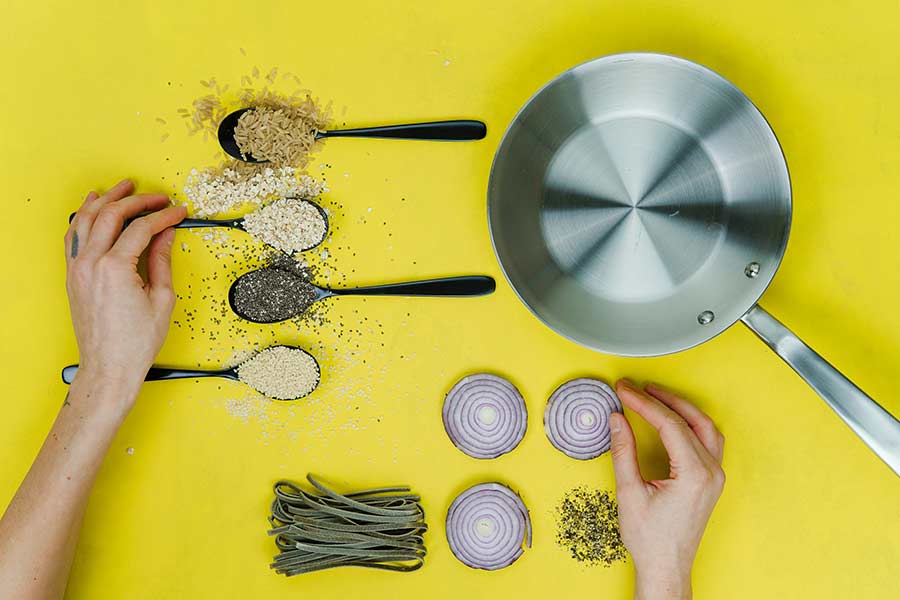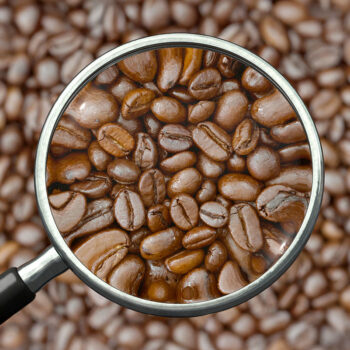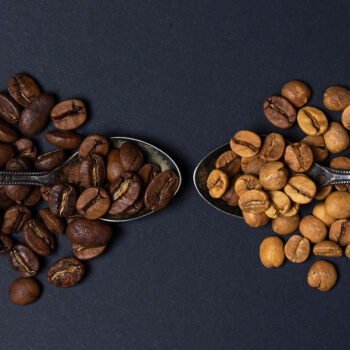For many people around the world, grains of some form are a staple at every meal. Dinner rolls, cakes for dessert, and sauces will all use some form of grain. However, for millions of people, the most commonly eaten grains can cause severe distress to the gut. Diseases such as celiac and IBS make it nearly impossible for some people to wheat, barley or rye due to the gluten contained in these grains. However, there are many alternative grains that will satisfy the cravings for bread and cereal without upsetting the stomach and gut.
Gluten-Free Grains
- Sorghum
- Millet
- Corn
- Quinoa
- Oats
- Amaranth
- Buckwheat
- Brown Rice
- Teff
Each of these grains can be used in different ways. Each has many health benefits besides being gluten-free. Here are just some of the amazing grains and their uses:
Sorghum: More Than Molasses
Most people think of molasses when Sorghum is mentioned. However, this plant has much more to offer than sweet syrup. The grain is naturally gluten-free and can be used for cereals. It is high in fiber, full of antioxidants, and can even keep blood sugar levels steady. So enjoy that muffin or that cereal without fear.
Corn: Amazing Versatility
The most versatile of the gluten-free grains has to be corn. It can be made into cereal, bread, and other delights. The antioxidants in corn can help to slow the progress of macular degeneration and cataracts. It also contains manganese and B6 vitamins which are sometimes hard to get in a regular diet.
Oats: Great for the Heart
Since childhood many people have started their day with a bowl of oatmeal. Turns out, Mother does know best. Those oats contain a powerful amount of zinc, magnesium, and thiamine. Studies show that oats are beneficial for heart health and diabetes, too. What’s not to love?
Millet: a Staple in Many Parts of the World
While this little wonder is not as popular or familiar as corn in the USA, millet is a staple of African countries. Tiny and yellow, they could be mistaken for birdseed. Millet is filled with B vitamins, calcium, and iron. It can be eaten as a porridge-type dish for breakfast, or as a side dish that is comparable to quinoa.
Buckwheat: Rich in Micronutrients
Soba noodles have become popular in America. These noodles and other dishes are made from buckwheat. People love them, but not many are aware of the benefits of eating buckwheat. Containing protein, copper, and fiber, along with magnesium and manganese, these seeds can help reduce cholesterol, blood sugar, and even high blood pressure. There are also some studies that show buckwheat can help with Alzheimer’s disease. Use buckwheat flour to make crackers, crusts, or crepes.
Closing Thoughts
Most gluten-free grains have a few things in common:
- They are high in fiber
- They are high in protein
- They contain antioxidants
- They have many minerals that can be hard to get enough of in your diet.
Venture out to try the tastes, textures, and variety of ways these gluten-free grains can spice up a menu.








